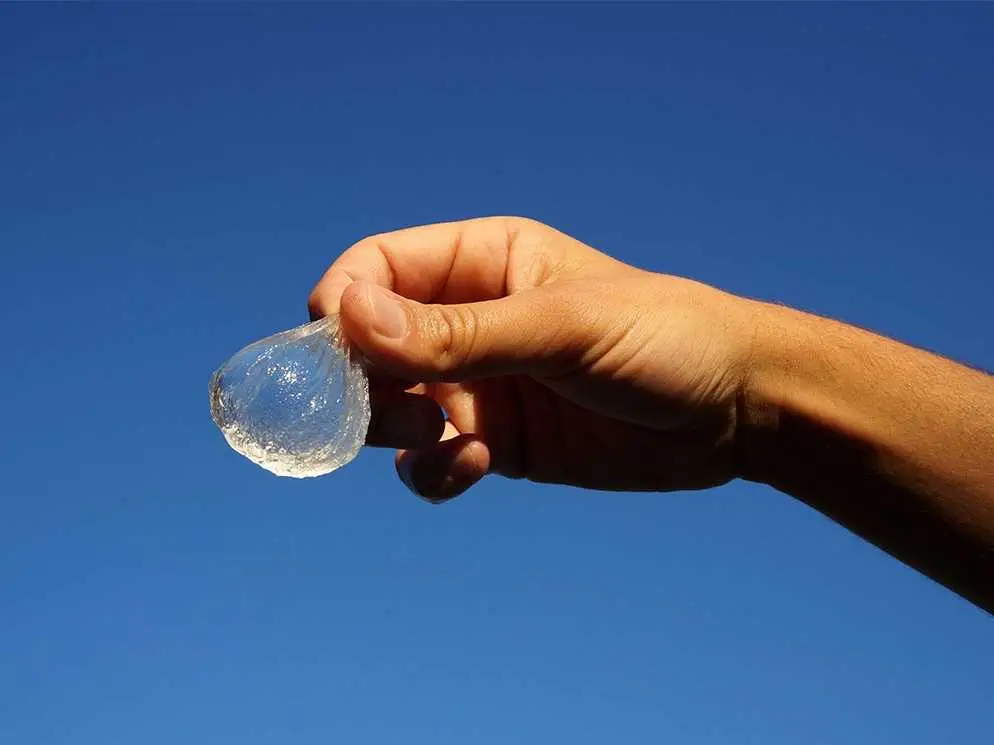Monthly Edition: November

“What are the implications of the Fukushima discharge on Japan, Korea, and other nations? What is the Korean sentiment on this issue?”
Monthly Edition: November

2023/12/11

Share
Soobin Jang / Minji Kim
Have you ever thought about our essential life source, water, being contaminated as time flows? Water is very related to our life as it is a habitat to aquatic plants and animals, and humans also use lots of ocean sources. However, lots of people are concerned about the contamination of the Pacific Ocean after Fukushima. The Fukushima Daiichi Nuclear Power Plant, located in the Fukushima Prefecture, Japan, gained international attention due to a catastrophic nuclear disaster on March 11, 2011. The disaster was triggered by a powerful magnitude 9.0 earthquake that led to the tsunami that struck the northeastern coast of Japan. The natural disaster led to the failure of the Fukushima Daiichi Nuclear Power Plant's cooling systems, resulting in a series of events that caused meltdowns in three of its six reactors. From August. 24, Japan has started to release treated radioactive water from the Fukushima Daiichi nuclear power plant into the Pacific Ocean. The decision to discharge treated radioactive water from the Fukushima Daiichi Nuclear Power Plant into the Pacific Ocean has sparked a myriad of implications, not only for Japan but also for neighboring nations, particularly South Korea. This essay explores the repercussions of the Fukushima discharge on Japan, Korea, and global sentiments.
Japan’s discharge plan triggered the South Korean government of President Yoon to engage in political debate through banners, YouTube videos, news conferences, and protests. The government has recently endorsed Japan’s releasement plan despite widespread public misinformation. Transparency, such as the water treatment process to ensure the water is discharged properly, was the only demand that the South Korean government wanted Japan to provide. To convince the individuals that the water will cause no harm, the authorities ran online advertisements and held daily news briefings about the water treatment process and its safety.
According to the New York Times, critics of the South Korean government claim that President Yoon authorized the Fukushima water release plan at the US government's request, a powerful friend of both South Korea and Japan, to mend fences with the former enemies of both countries. Washington has been pleased with President Yoon's recent attempts to mend past animosity and restore relations with Japan. An amicable relationship with Japan has increased trade opportunities, improved diplomatic relations, and strengthened regional security. On the otherhand, a member of the Democratic party and National Assembly majority ship Park Kwangon said in an interview “We need to improve ties with Japan, but also important is to protect our people’s health-I cannot help suspecting that President Yoon made a compromise on this to improve relations with Tokyo.” Moreover, Seo Kyun-ryul, a professor emeritus of nuclear engineering at Seoul National University said, “What Japan is trying to do is unprecedented: It’s no ordinary cooling water from a normal nuclear power plant that it wants to dump into the sea; it’s laced with all kinds of hazardous radionuclides from the meltdown reactor cores,” This portrays the ambivalent discourse around the Fukushima water release.
Releasing radioactive contaminants from the Fukushima Daiichi nuclear disaster into the Pacific Ocean is not limited to its effect on South Korea, but also would have severe global repercussions with potential ecological, environmental, and human health consequences. The Pacific Ocean is interconnected, and the dispersion of radioactive materials could lead to the contamination of marine ecosystems, affecting aquatic life and the entire food chain. Fish and other seafood caught in the Pacific could accumulate radioactive isotopes, posing a risk to human health through consumption. Additionally, the transboundary nature of ocean currents means that the released contaminants could travel far beyond the immediate vicinity of Fukushima, reaching coastlines and affecting marine life in distant regions. This scenario would not only compromise the integrity of marine ecosystems but could also provoke international concerns about the safety of seafood imports, disrupting global trade and economic activities. The potential contamination of seafood and marine resources in the Pacific could lead to widespread consumer fears and reduced confidence in the safety of seafood products, triggering a decline in global demand for Pacific-originating fish. This could significantly impact nations' economies dependent on fisheries and seafood exports, disrupting supply chains and causing financial losses for the fishing industry. Moreover, the affected regions might face challenges in international trade, as countries may impose restrictions or rigorous testing protocols on imports from the contaminated areas. This could result in decreased export revenues, trade disputes, and strained diplomatic relations, contributing to economic downturns in the regions directly affected by the release.
Other nations are expected to have learned from the Fukushima discharge and paid attention to advancing regulations related to nuclear safety. For example, measures could be taken to further strengthen the nuclear plant's safety inspection and radiation response plans or to increase the review of nuclear power generation alternatives. The impact of the Fukushima accident can also change with the development of new technologies, changes in energy strategies, and changes in international political conditions.
Yet, no one can predict how releasement would impact the global ecosystem in the future. There are only assumptions that the treated water would benefit fisheries in neighboring countries. The Japanese government says they will release contamination into the Pacific Ocean and “dilute it,” However, radioactive water also contains nuclides that are radioactive for over 100,000 years. The total amount of radiation that will flow into the sea does not change wherever you pour the polluted water. To what extent would we, humans, be impacted by Fukushima discharge?
Robinson Review Favorites
Songi Chai, Yubin Cho, Seohyun Jang..
Trending on Robinson Review
Contact Us





